Home Smart Home
It’s time to wake up for school. Music videos begin to play on your television screen. Your bedroom lights come on gradually, the curtains slide open to welcome the daylight, and a soft voice urges you out of dreamland. No need for an alarm clock to jolt you from bed, you’re gently awakened by an integrated home automation system!
You hurry to the bathroom, where the lights come on as soon as you enter. The tile floor has been pre-warmed for your arrival. When you finish showering, you dry off with automatically pre-heated towels.
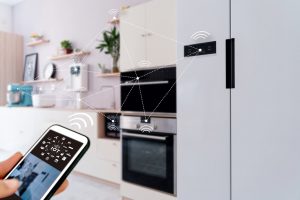 In the kitchen, your little brother says you’re out of milk, so you check your refrigerator to make sure. You don’t open the fridge—instead, you use a computer on the door to check its contents. At the push of a button, your refrigerator system automatically reorders milk via the Internet.
In the kitchen, your little brother says you’re out of milk, so you check your refrigerator to make sure. You don’t open the fridge—instead, you use a computer on the door to check its contents. At the push of a button, your refrigerator system automatically reorders milk via the Internet.
Does this sound familiar? Maybe not yet, but in the future it will be commonplace. Technology is now available to make lighting, heating, cooling, ventilation, appliances, entertainment, and security systems all operate automatically by computer, telephone, or touchpad.
These “smart home” systems will not only make home life more fun and convenient, but can enhance home safety as well. In today’s homes, electricity can be accessed from any outlet at any time. In smart homes, outlets will provide power only upon request by a qualified appliance. If the computer system determines that all is well, the power will be sent to that outlet. If the network senses potential danger, such as a frayed cord, short circuit, overloaded outlet, or appliance incompatibility, the system will deny power to the outlet.
Smart, safe homes are not as far off as you may imagine. By the time today’s high school seniors turn 40, most new homes will have these technologies. Meanwhile, you’ll just have to rely on that alarm clock to help you get up in the morning.
Do the Safe Thing
Home Safe Home
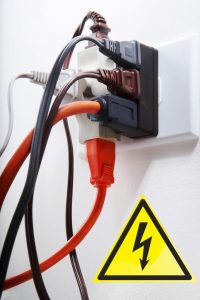 Do a simple inspection inside your home to keep yourself and your family safe. Look for these hazards:
Do a simple inspection inside your home to keep yourself and your family safe. Look for these hazards:
- Overloaded outlets
- Worn or frayed power cords
- Power cords running under rugs or furniture legs
- Appliances used near water without GFCI protection
- Circuit breakers that trip or fuses that blow often
- Electric heaters or light bulbs close to anything that can burn
- Flammable liquids or other materials stored close to electrical appliances
Every home should have smoke detectors to alert you in case of fire. Make sure you also have a multipurpose (Class C) fire extinguisher in the house, preferably in the kitchen.
Paying for Power
Your local electric utility company sends your household a bill for the electricity you use.
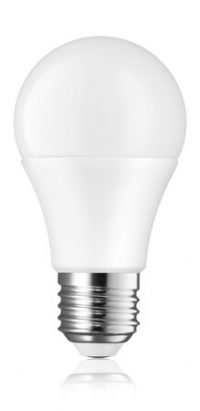 For electricity, you pay for the kilowatt-hours (kWh) used in your home during the billing period. What is a kWh? It is equal to 1,000 watts of electricity used for one hour. If you leave fifty 20-watt light bulbs on for an hour, you’ve used one kWh of electricity.
For electricity, you pay for the kilowatt-hours (kWh) used in your home during the billing period. What is a kWh? It is equal to 1,000 watts of electricity used for one hour. If you leave fifty 20-watt light bulbs on for an hour, you’ve used one kWh of electricity.
Advanced Science Concept
Fantastic Facts
How many miles of electric transmission lines are there in the United States?
The US Energy Information Administration reports that in the United States, there are nearly 160,000 miles of high voltage transmission lines and many hundreds of thousands more miles of distribution lines carrying electricity to our homes.
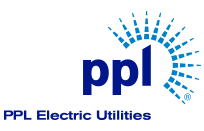
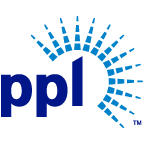

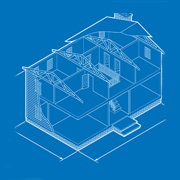 Building codes are a set of laws regulating the construction, alteration, and repair of buildings and the systems they contain. Codes set minimum standards for construction methods and materials. In doing so, they ensure the safety of a structure for both its current and future occupants. A building’s electrical system must adhere to local electrical codes, which are based on the National Electrical Code (NEC), published by the National Fire Protection Association (NFPA).
Building codes are a set of laws regulating the construction, alteration, and repair of buildings and the systems they contain. Codes set minimum standards for construction methods and materials. In doing so, they ensure the safety of a structure for both its current and future occupants. A building’s electrical system must adhere to local electrical codes, which are based on the National Electrical Code (NEC), published by the National Fire Protection Association (NFPA).